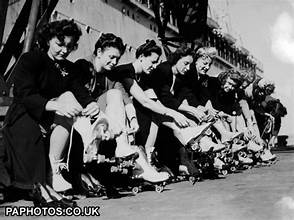
Roller skating has a rich and dynamic history that traces back to the 18th century. The initial concept of roller skates can be attributed to a Belgian inventor named John Joseph Merlin, who, in the 1760s, attached wooden wheels to a pair of boots. However, his invention lacked a reliable method of steering and braking, making it more of a novelty than a practical means of transportation. It wasn't until the mid-19th century that roller skating gained popularity as a recreational activity. In 1863, James Plimpton, an American entrepreneur, patented a design for quad roller skates that featured four wheels arranged in a two-by-two configuration. Plimpton's invention allowed skaters to make turns and maneuvers more easily, revolutionizing the sport. Roller rinks started to emerge, and roller skating became a widespread form of entertainment across the United States and Europe. Throughout the 20th century, roller skating continued to evolve, adapting to changing trends and preferences. It experienced peaks in popularity during the disco era of the 1970s and enjoyed a resurgence in the 1990s with the introduction of inline skates. Today, roller skating remains a beloved pastime, blending elements of sport, recreation, and social activity, with a diverse community of enthusiasts participating in various forms of roller sports, including roller derby, artistic skating, and roller hockey. The history of roller skating reflects its enduring appeal and ability to adapt to different cultural and recreational landscapes over the centuries.